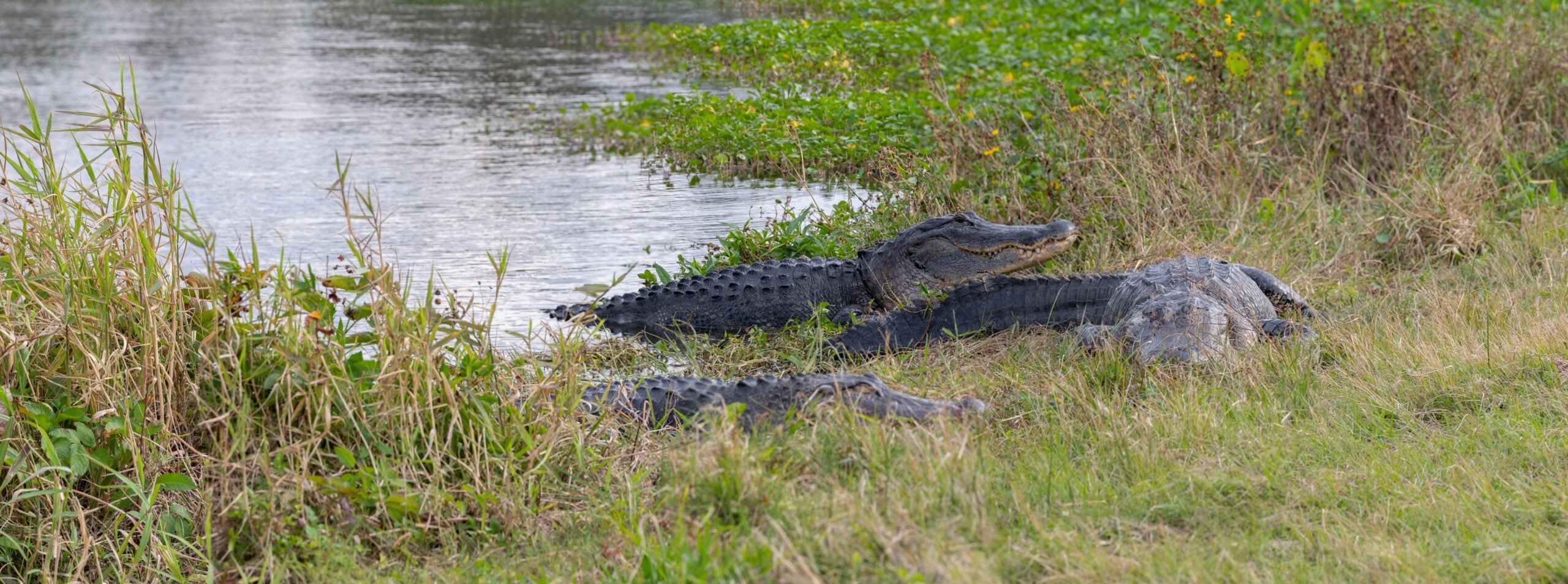
Let’s talk about gear.
More specifically, the Tamron 70-300 mm f/4.5-6.3 DiIII Nikon Z Mount lens. In September of 2022 Tamron announced the development of their first lens designed to work directly with the Nikon Z mirrorless system without the need for an adapter. After having the opportunity to get hands on with this lens, here are a few thoughts.
DISCLAIMER : This is absolutely not a highly technical review. So if you are looking for the minute details like measurements in milliseconds that it takes to lock focus, or at exactly what point the focus start to fray in the top right corner, or things of that nature, sorry but you will not find that here. This is more of a real world field test, with a few (very unscientific) opinions.
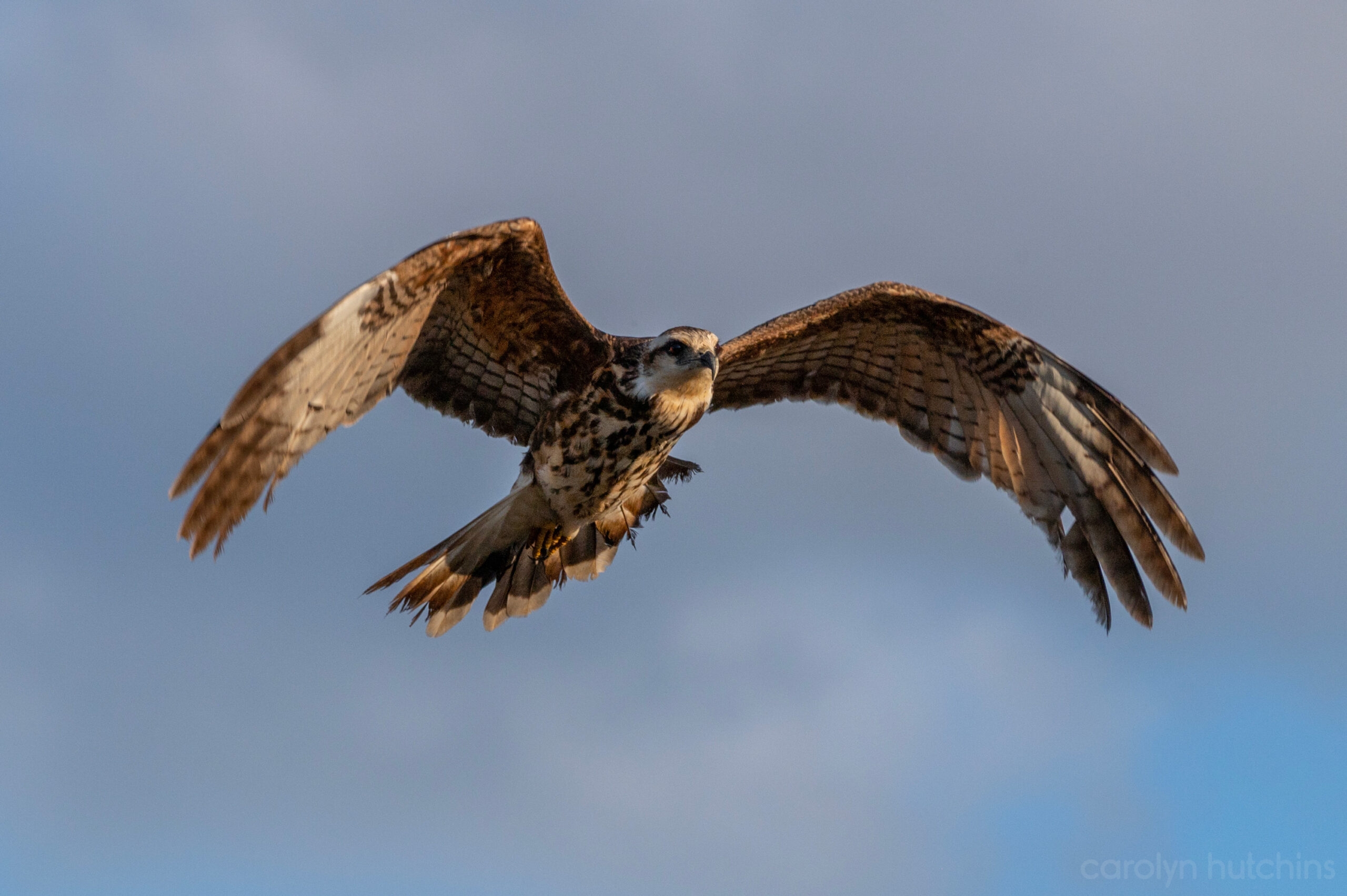
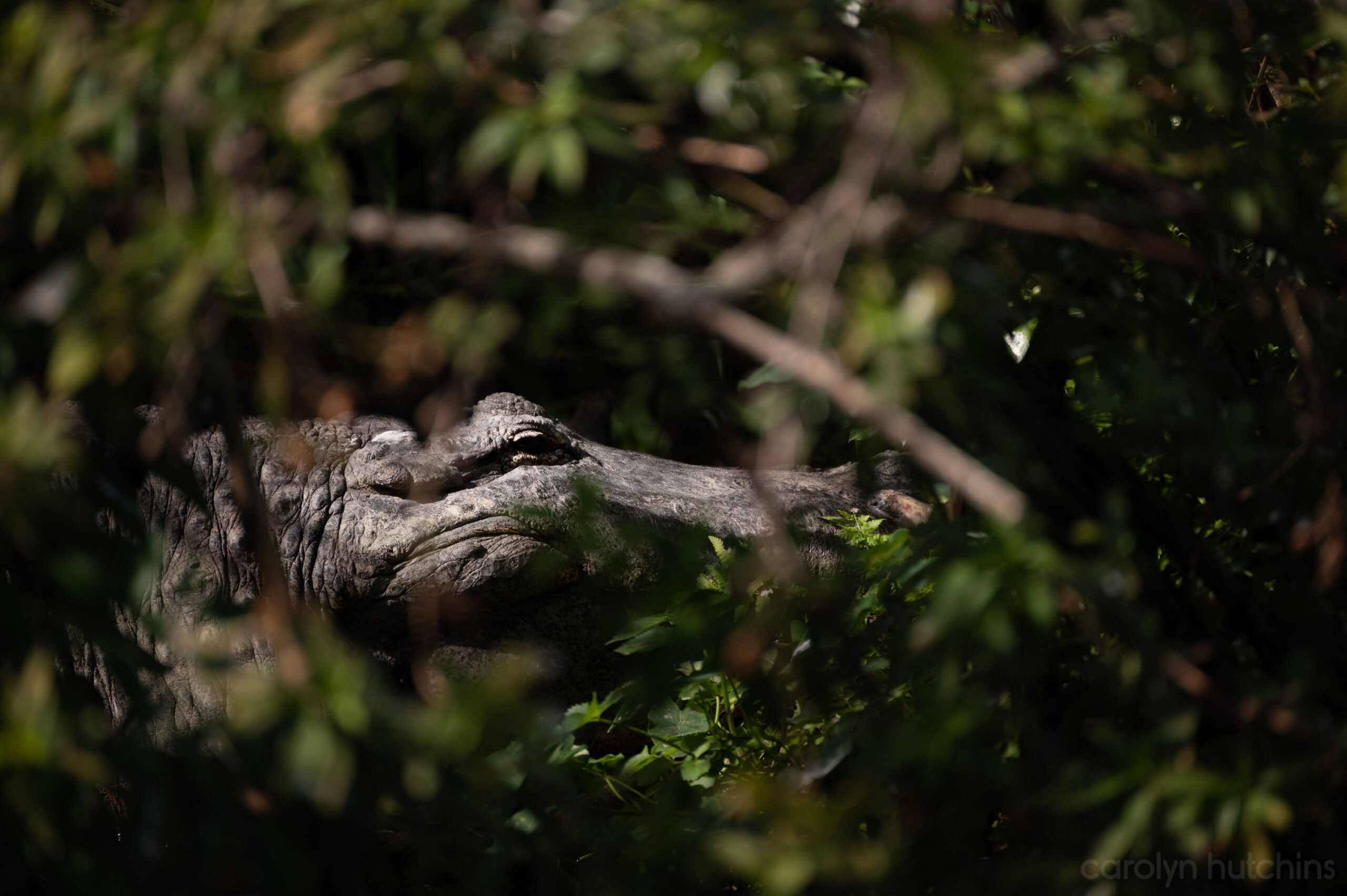
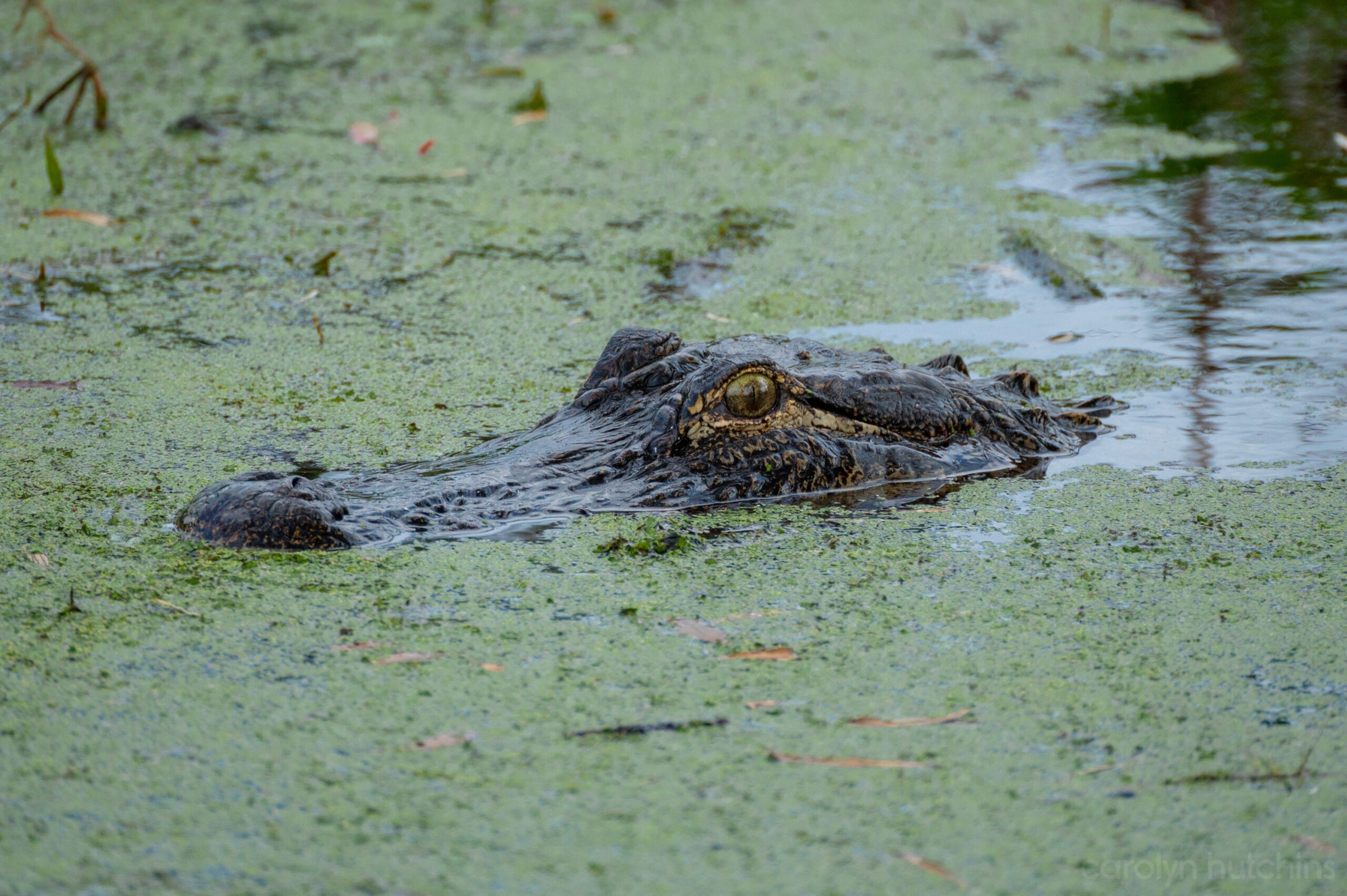
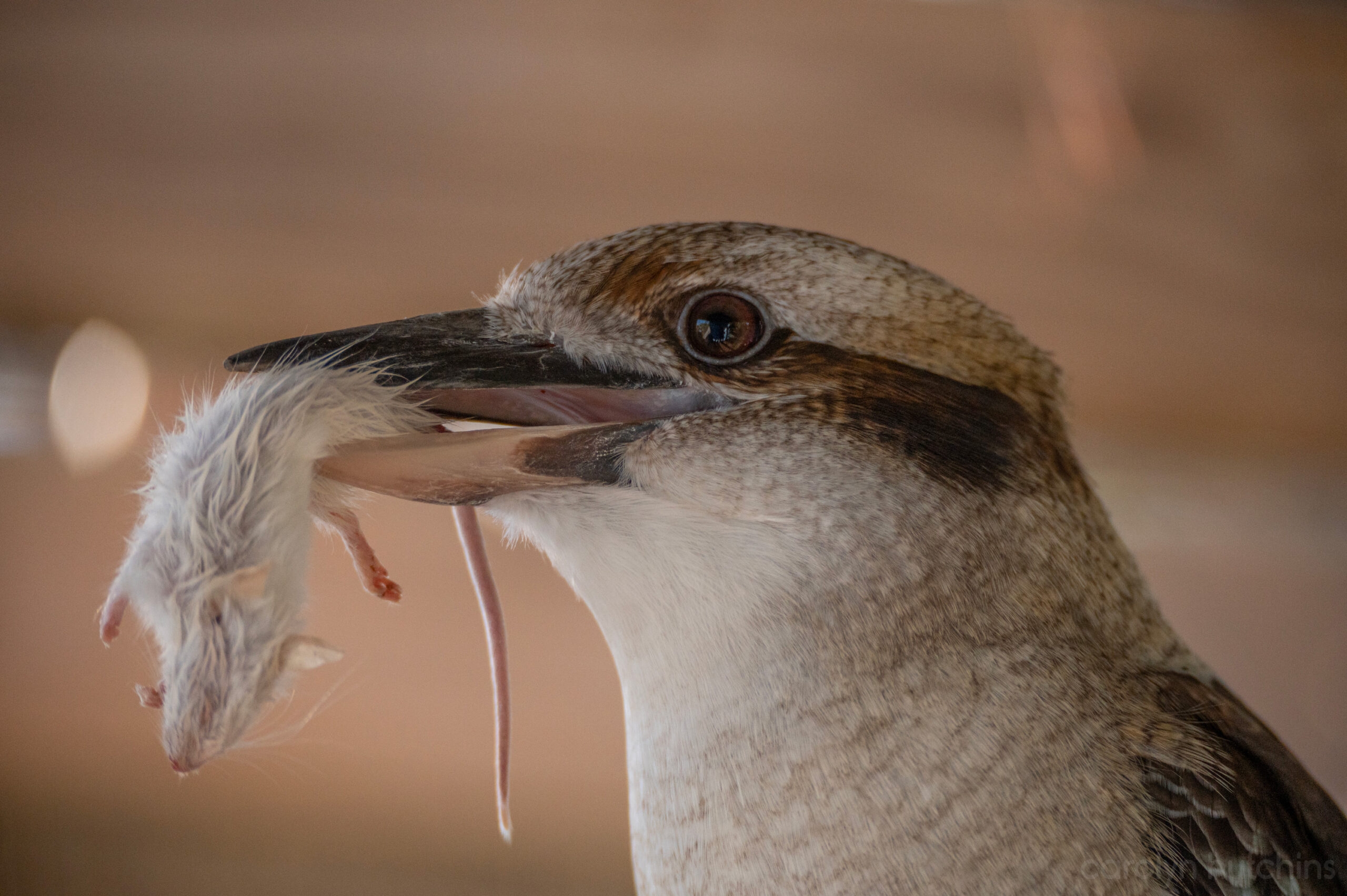
The lens has a focal range of 70-300 mm with a variable aperture of 4.5-6.3. It’s a standard, every day, walk around zoom lens. This will sound familiar to a lot of people, but when I was getting started with digital photography, my first real zoom lens was a hand-me-down 70-300 (a Nikkor). The images I shot with opened doors for me, and I used it until I actually wore it out. At which point I replaced it with the Tamron 18-400 mm, and moved on to more specialized super zoom and wide angle glass. Still, the 70-300 remains very much a “comfort zone” for me, and it was fun to try out again.
I only had the lens for a short time. Unfortunately the timing did not synchronize for me to try out any aviation work with it, but I was able to test it through a variety of situations at work and local nature preserves. And because who doesn’t enjoy the challenge of capturing moving subjects from a moving platform, an airboat excursion with fellow photographer John Ruggeri. (He does great work by the way, take a look, https://www.photosbyjohnpatrick.com/, or follow his Facebook @AirboatPhotographer.)
I used the lens in combination with two different mirrorless camera bodies. A Nikon Z6, version 1, with a full frame sensor; and a Nikon Zfc, with an APS-C sensor that has been modified to record full spectrum (more on that here). I kept the lens hood on most of the time, but no polarizers or filters of any kind, with the only exception being when I was shooting infrared. Aside from some basic color correction and cropping, not much editing. No sharpening at all for any of the images used in this post.
The Bad (always start with the bad stuff, although in this case, it’s really just relative)
This lens does not have its own dedicated Vibration Compensation. So you have to rely on the in-camera Image Stabilization, and compensate for that elsewhere when the situation calls for it. Or we could just stop complaining about first world problems. To be honest, I did not find the lack of VC to be a hinderance in any way.
There is no AF/MF switch. Manual focus is something I use quite extensively when shooting long exposure and time lapses, so I do miss that. However, I did not have time to test either, so at the moment, I cannot speak as to how it may or may not affect these situations.
There is a USB-C port, for firmware updates and such, which is pretty great actually. But despite its weather sealing, the port is uncovered. With no rubber cap or any type of seal over it, thus leaving it exposed. Which is fine most people, but I don’t shoot in a studio. I am no stranger to being out in the elements, and occasionally, in situations where the elements are flying up around me (like an active air field). So to ease my nerves, I remedied this very easily with a patch of painters tape.
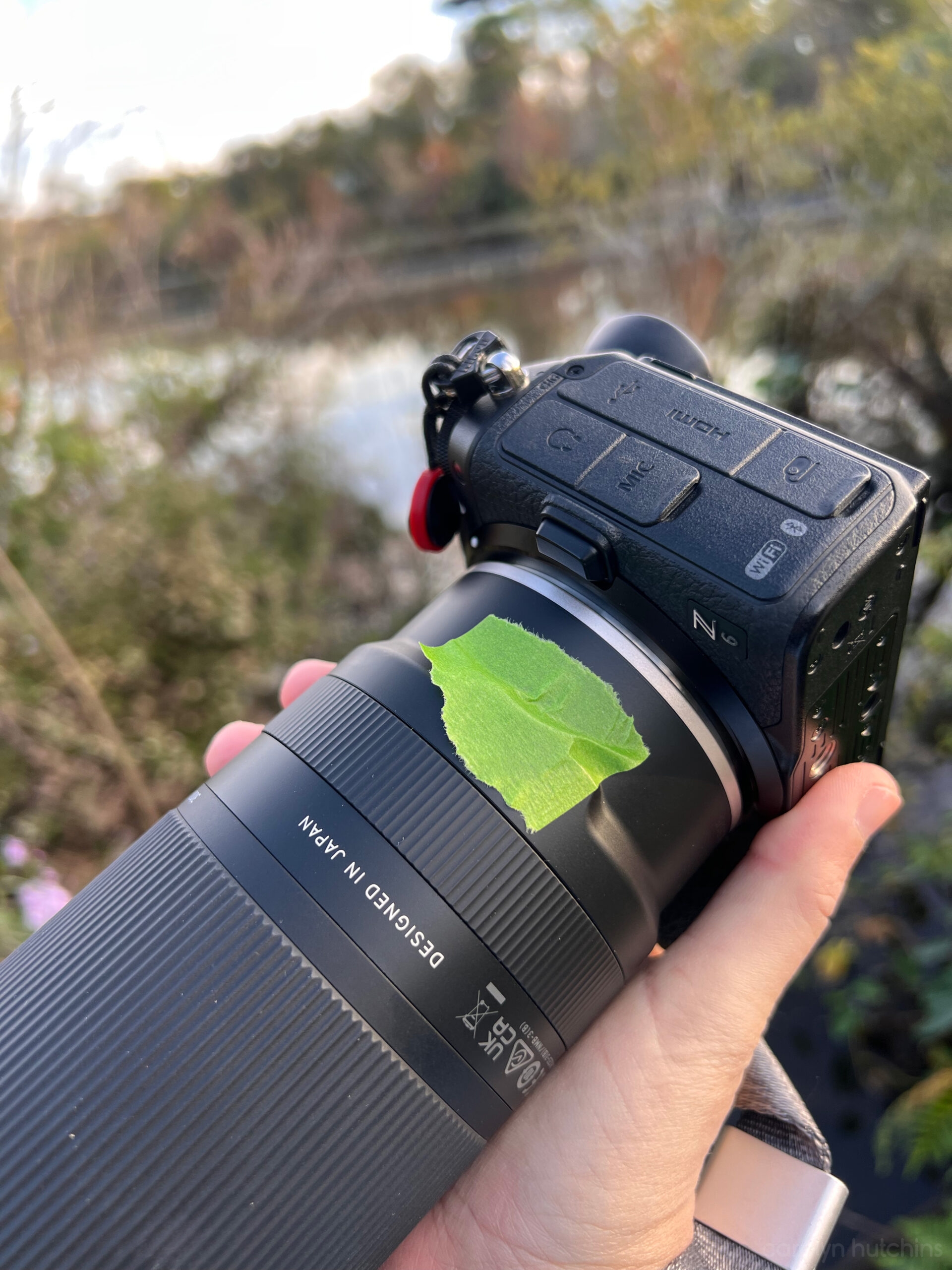
The Good (there is a lot more here)
Measuring at less than 6″ when not zoomed and weighing in at about 1.25 lbs., Tamron touts this as “the world’s smallest and lightest” of its range. While it felt light, it also felt quite sturdy, and when mounted to a camera it both looks and feels professional.
The lens utilizes Tamron’s RXD motorized autofocus drive. With both cameras this worked fast and smoothly, enabling easy capture of moving subjects.
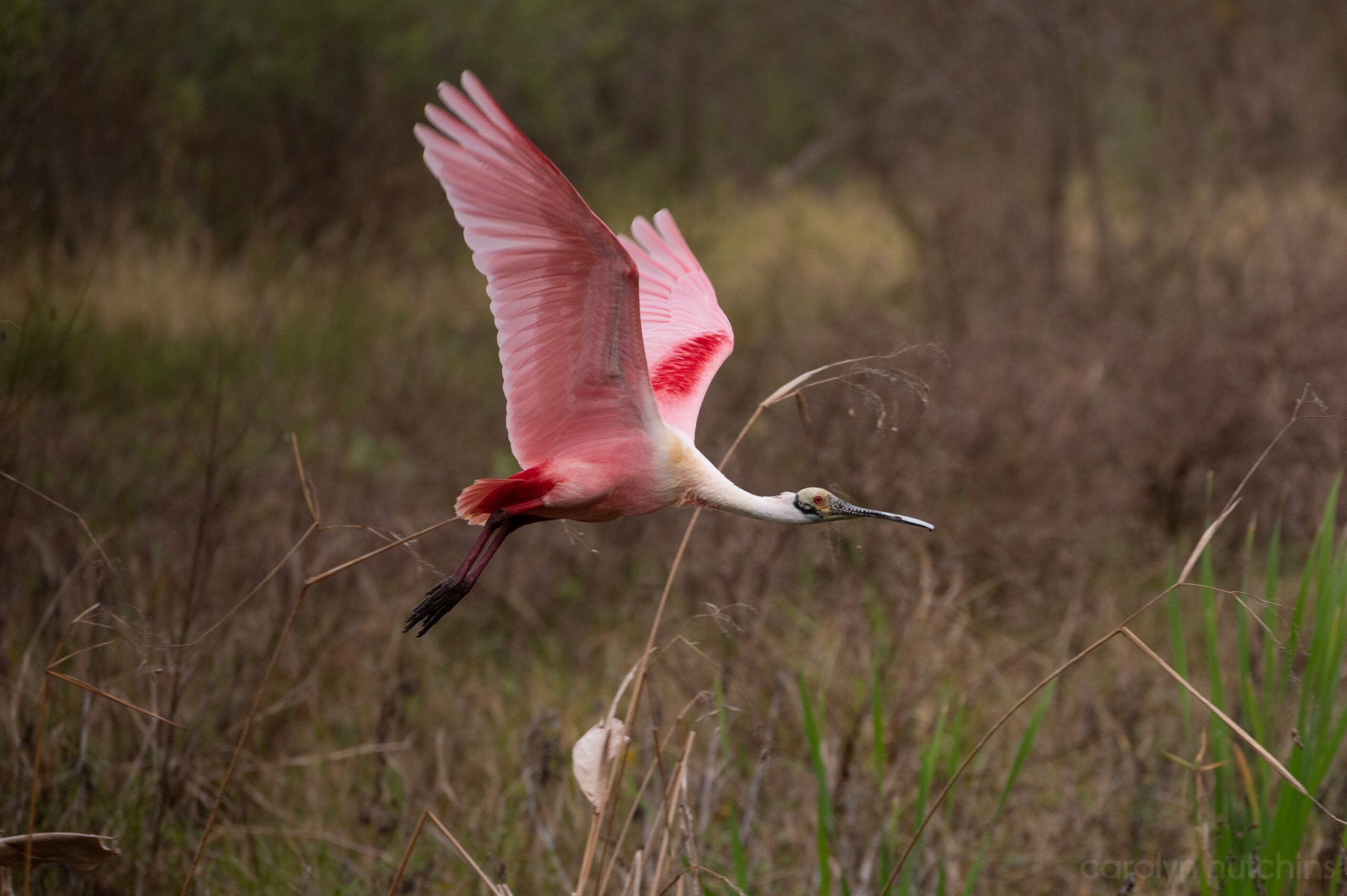
Housing 15 elements in 10 groups, the lens is quite sharp throughout its zoom range. Pixel peeping here, you can even see the pupil in the roseate spoonbill’s eye. And I have a feeling that it would be fantastic with a Z7 or Z9 as they both have more cropping flexibility than I do.
I must admit, I am a fan of their Broad Band Anti-Reflection coating. For this situation, I was shooting towards the sun, early in the morning when the sun was low, with fog and every tiny little thing in the water reflecting light back at me. Even here, I did not find any significant color fringing.
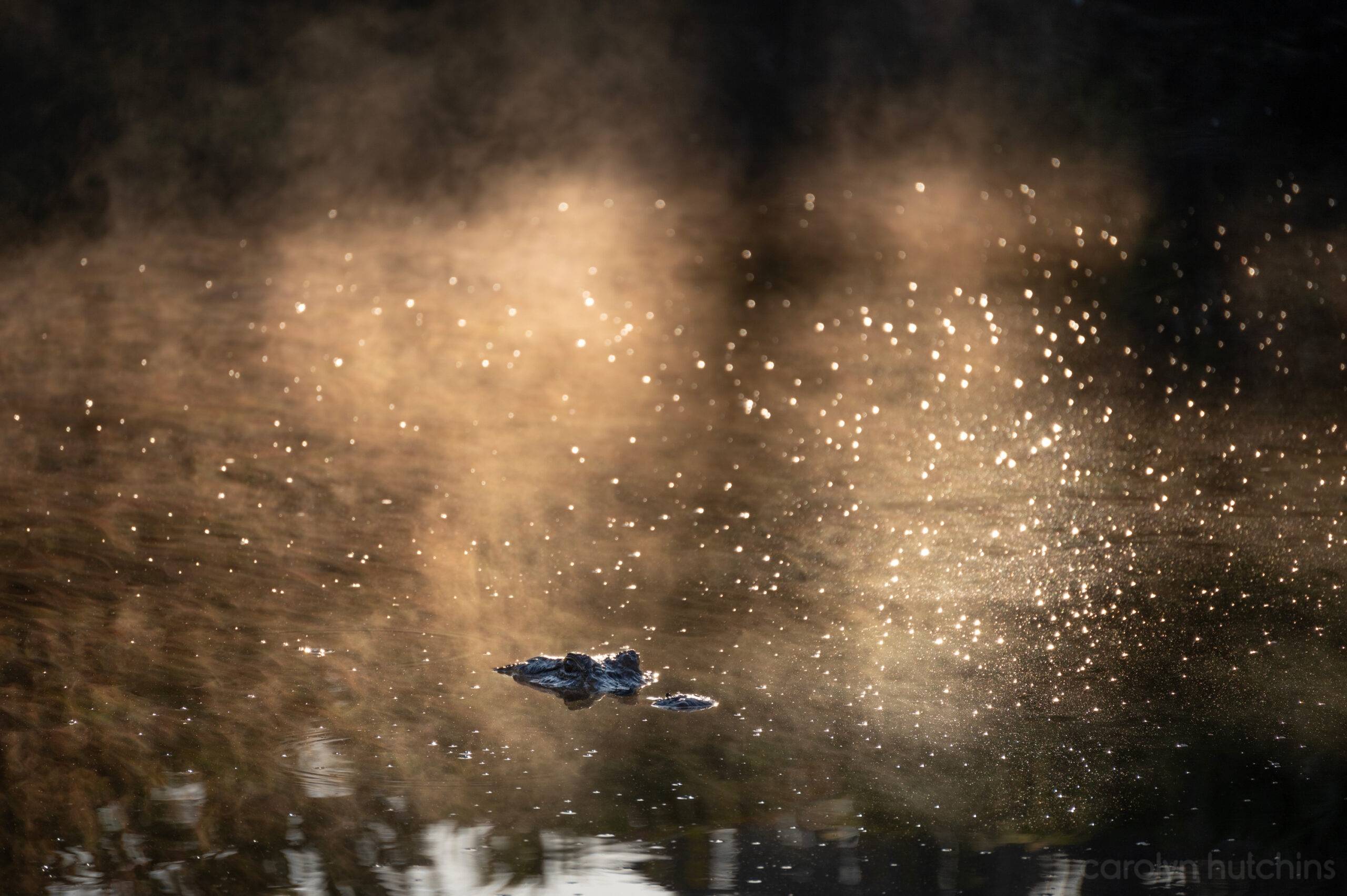
By the books the minimum focusing distance ranges from 31.5″ – 59″ depending on how far you are zoomed out. This seemed to be fairly accurate, as close quarters were not a problem.
The circular aperture diaphragm has 7 blades, producing smooth bokeh.

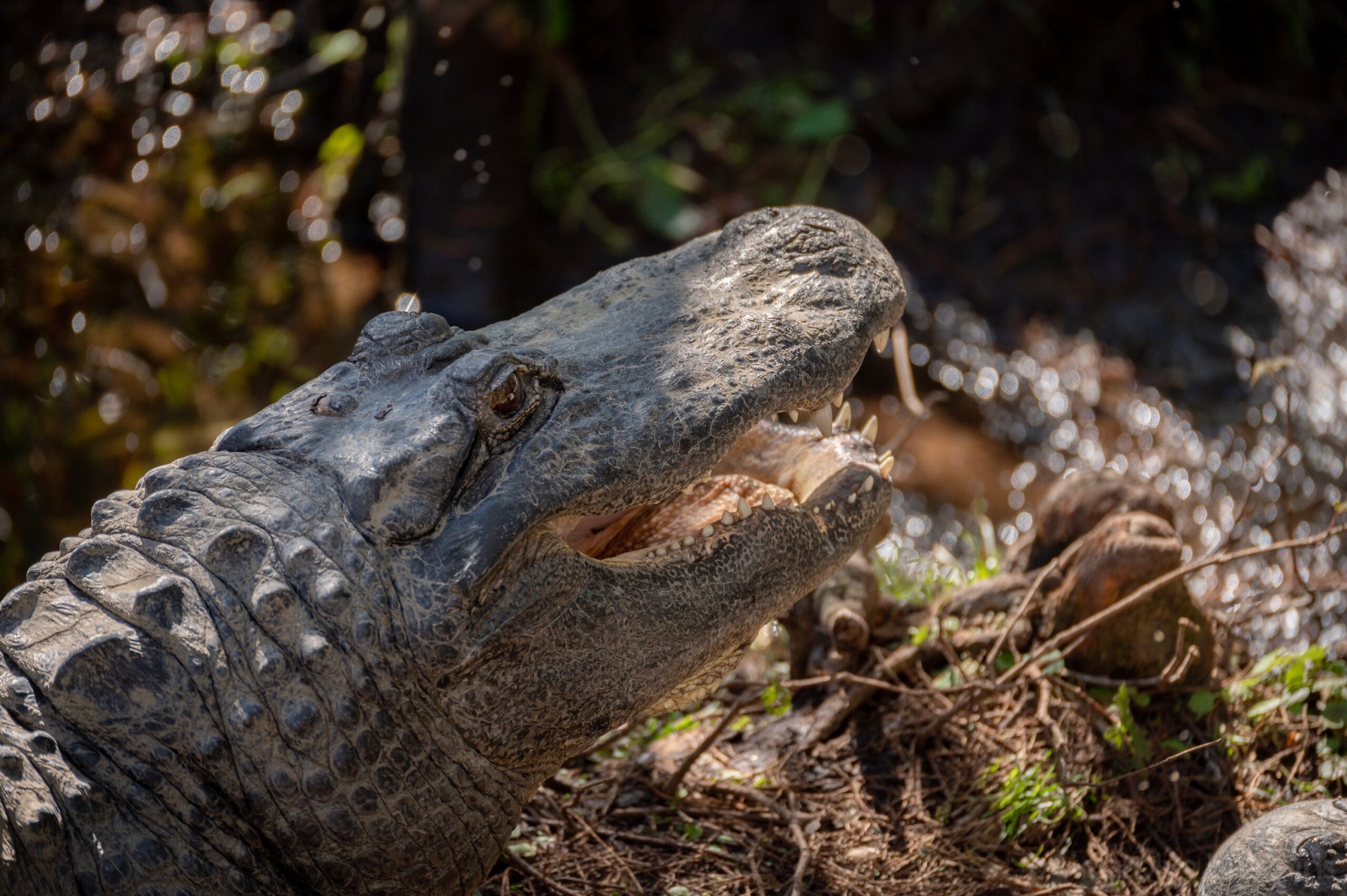
This part is a bit selective. Although it does not apply for most people, it’s still worth noting. But when used with my full spectrum camera, it did not produce hot spots, or other artifacts that impacted the transmission of infrared light.
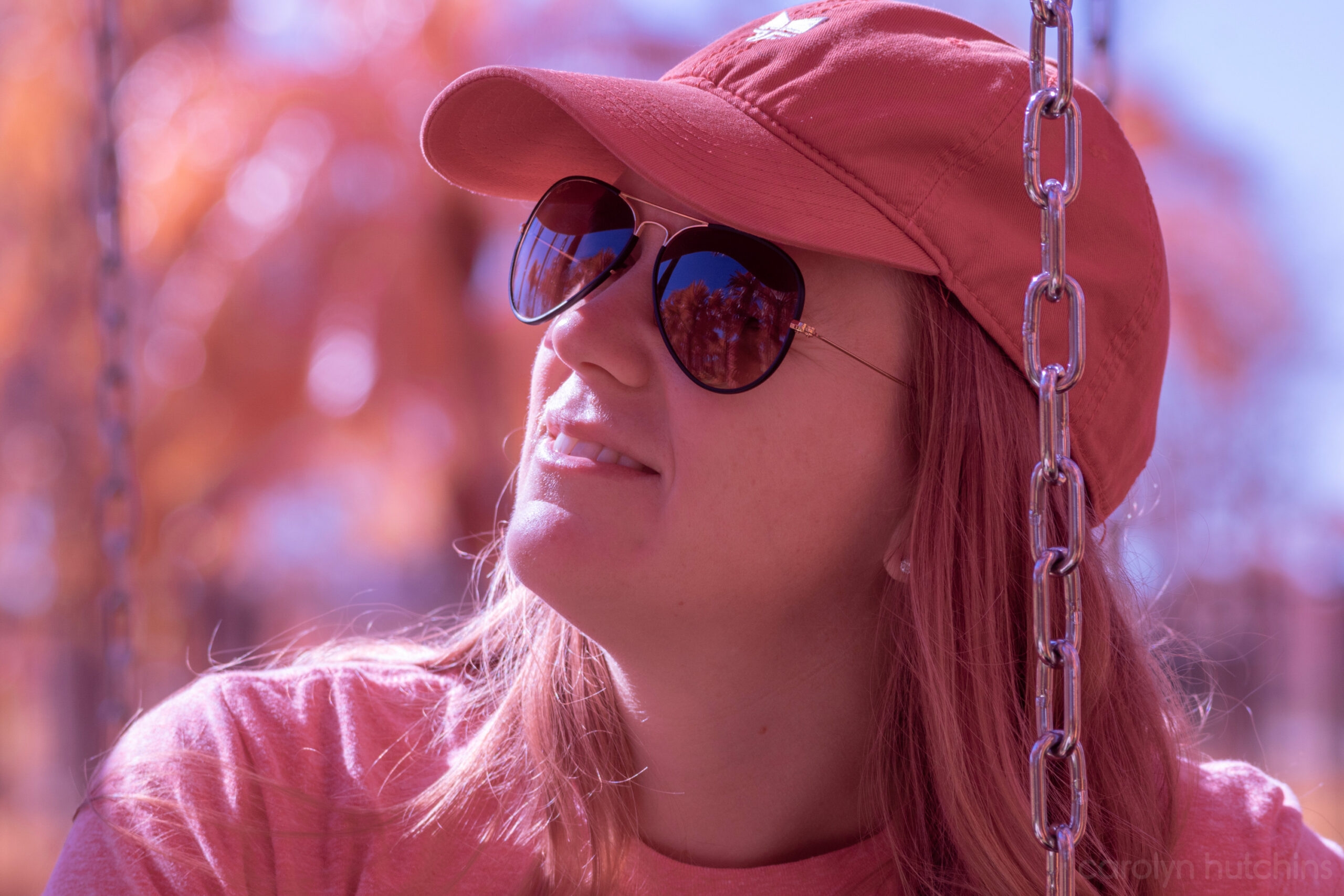
For most people, cost is a major factor to consider when deciding what equipment to invest in. While the 70-300 is priced well at $699 new, I’m sure it will be out on the pre-owned market for even less soon. And bonus! If you are in the U.S. or Canada, it’s covered under Tamron’s 6 year warranty. Just make sure you purchase from a reputable source, and register your lens. You can easily find a list authorized retailers on Tamron’s website here.

Final Thoughts
This lens is the first of its kind within a new industry standard. Despite the hang-ups, it’s still a damn good lens. Overall I was impressed with it and would be happy to have it in my tool bag. I was able to create some really good images with it, and honestly, that’s what matters in the end. Considering this is only their first Nikon Z mount lens, I look forward to seeing what else Tamron no doubt has coming,
If you want a closer look at all the details and fine print regarding this lens, you can find them here on Tamron’s website.
Tamron 70-300 mm f/4.5-6.3 DiIII
And if you would like to see more of the images I shot with this lens, there is a gallery here.
